DOCtalk by Dr. Gregg 7/30/11
Stage General
Knowing how much Mr. H enjoys his tunes, I found myself thinking of him and the whole HIStalk world last night when I was attending a benefit concert for our local Madison County Health Partners Free Clinic. (I know…sad, right? Thinking of HIT during some rare time out for a charity benefit … sigh.)
First off, the setting: the First Presbyterian Church here in little London, Ohio. Packed to the gills and then some. On stage: a homegrown, 18-year-old, multi-instrumental phenom named Chase Potter, along with a cornucopia of very talented musicians and singers from 18 to well past 18 who enter and leave through a nonstop revolving door process orchestrated seamlessly by Chase.
The music: another cornucopia, with lots of jazz, swing, gypsy swing, blues, gospel, big band, rock, French impressionist, and more, including some rather complex and moving original tunes penned by Chase himself.
To say that this guitar-bass-violin-alto sax-drum-playing young man is talented is sort of like saying Mr. H knows a thing or two about HIT. Truly, when I used “phenom” to describe him, I chose that word very specifically. As I mentioned, he had assembled a group of talent for this night which included some very fine artists: some younger and skilled, some quite well experienced with histories of playing on the world’s bigger musical stages.
All were very good. Chase, however, was the sun around which all these satellites revolved.
Now, from my past life as a rock-n-roll sound man, I know that almost everywhere you go, there are musical talents galore. Every city, town, village, and burg seems to have a group of amazing musicians that, but for fate or circumstance, could all be gracing the cover of Rolling Stone or kicking it at Carnegie Hall. But, some cream just seems to be destined to rise higher. This kid is that highest-rising of creams.
Technically, he’s good. But, he adds that Stevie Ray Vaughn quality when embracing an instrument; he sort of becomes a part of the instrument, melding himself into it so that the music which flows out is more of a collaboration than a performance. It makes the music more of an experience than a listen.
OK. He’s hugely talented, right? Sure, but, what captured the HIT side of my brain, though, was that this kid had this natural “stage general” capability that was flawless. With almost every song, he exchanged one set of musicians with another, rotating them in, out, and back in again with lighthearted verbal dexterity and an effortless, suave stage presence that most veteran performers would envy.
Bringing up singers, pickers, piano men, and this horn or that, he made the show flow seamlessly. Despite all of the ins and outs and “who’s on whats” that were constantly occurring, he was the consummate conductor and more. This stage general was directing the musician “troops,” staging the musical “attacks,” and commanding the attention of all.
Exactly what the world of HIT needs.
No, I’m not speaking of Mostashari and ONC. I’m speaking more in terms of medical IT tools that work in concert allowing a central conductor to orchestrate their harmonies. We need systems that don’t need to be the one-man band trying to do it all as much as we need good “stage generals” who know when to bring certain pieces into play, when to send others back to their seats, and what to say to the “audience” during the down time between “songs.”
Just as no one-man band can ever outdo a full orchestra, no single HIT performer is ever going to outshine the combined power of a coordinated set of “hot” players.
Perhaps this thought was also motivated by the recent Innovator Showcase on HIStalk. The product promo’ed there by Aventura certainly seems to be focused upon playing a specific role in the HIT ensemble, but also has some of the generalship which I saw in Chase. They aren’t the overall stage general, though they appear to have some conductor in them. They seem to understand that their role is to facilitate the bigger picture, to make the whole orchestra better.
Powerful, joltingly good HIT parts and pieces are out there, but they can’t get onto the same stage. Just like a mess of musicians milling about tuning up before the show, it’s an asynchronous cacophony. If they could be allowed to perform together, with a good stage general/conductor, what a symphony we might have.
I know it’s wish list stuff, but thinking of it in an HIT tangential, I hope we see more development of HIT stage generals who allow lots of other players on stage, bringing in their supporting talents, knowing when to bring ‘em up and sit ‘em down, and who can also, just like Chase, make me smile between songs …er, I mean patients.
From the trenches …
“The principal task of a conductor is not to put himself in evidence but to disappear behind his functions as much as possible.” – Franz Liszt
PS – In case you were wondering, Melissa Canney, the Free Clinic’s director and one of the best people walking the planet, told me this afternoon that Chase et al generated some $4,000 in donations. Quite a bit better than the standard bake sale!
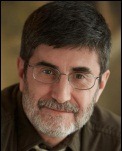
Dr. Gregg Alexander, a grunt in the trenches pediatrician at Madison Pediatrics, is Chief Medical Officer for Health Nuts Media, directs the Pediatric Office of the Future exhibit for the American Academy of Pediatrics, and sits on the board of directors of the Ohio Health Information Partnership (OHIP).

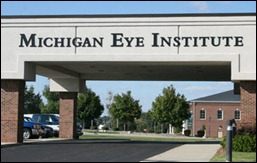



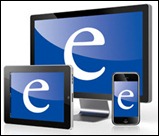
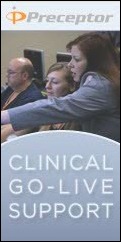

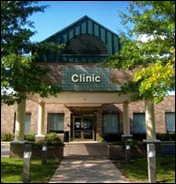
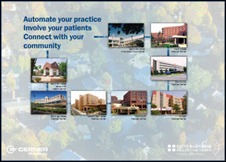

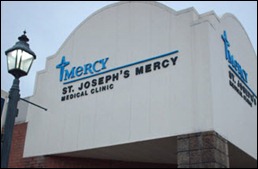
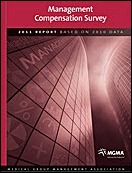




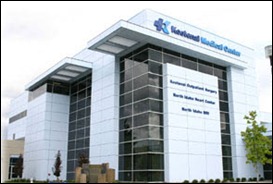

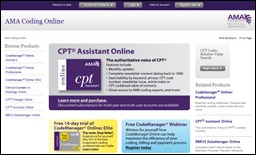


Re: Walmart Health: Just had a great dental visit this morning, which was preceded by helpful reminders from Epic, and…